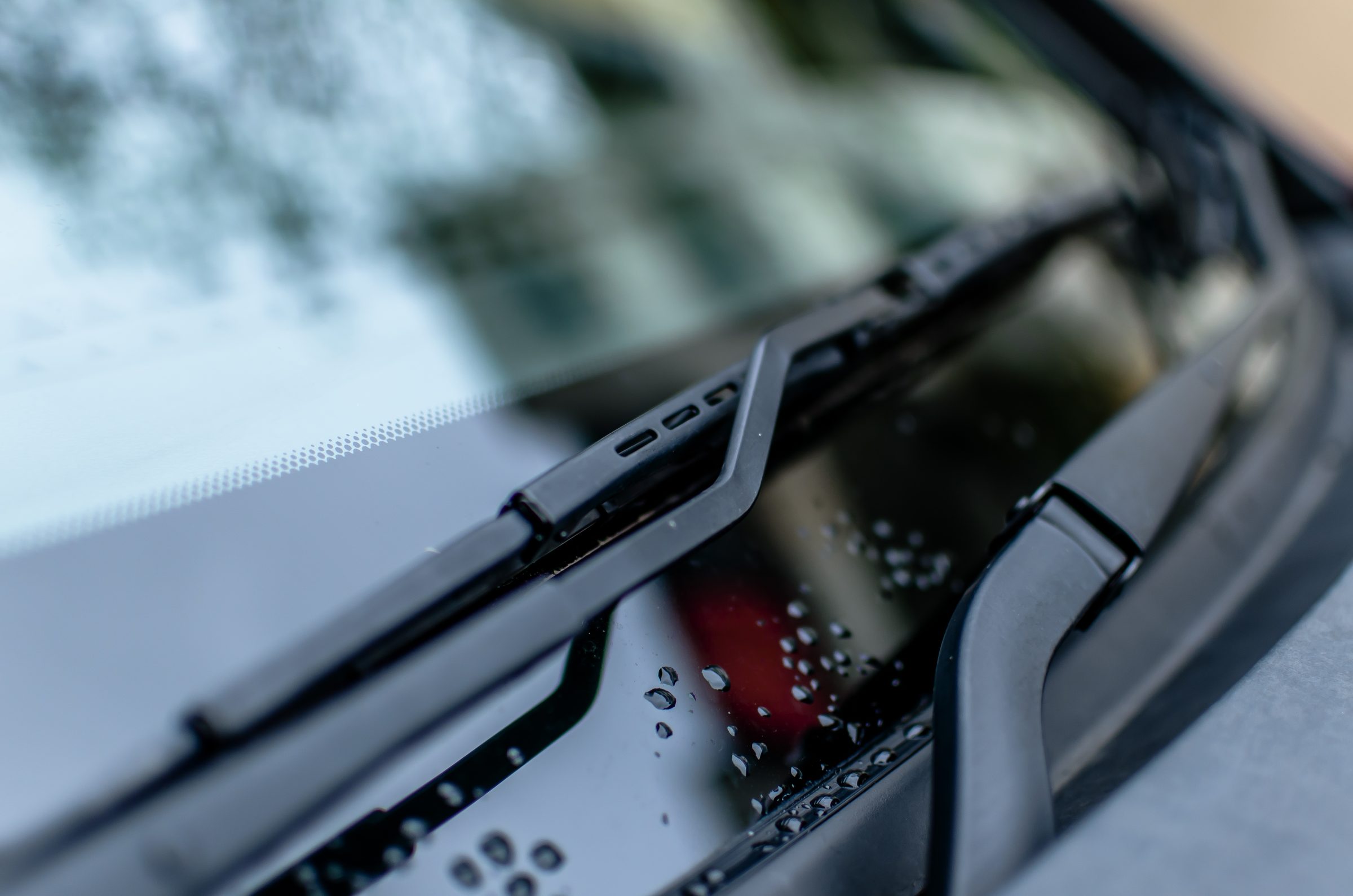Vehicle identification number (VIN) fraud is a growing problem in the automotive industry, affecting both buyers and sellers. This type of fraud involves tampering with a vehicle’s VIN in order to deceive potential buyers about its history, often disguising stolen cars, lemons, or cars that have been involved in serious accidents.
The consequences of falling victim to VIN fraud can be severe, leaving buyers with unsafe vehicles, financial losses, and even legal issues. In this article, we will explore the risks associated with VIN fraud and offer tips for detecting and avoiding it.
How VIN Fraud Negatively Affects Buyers
You worked hard for your money, but there are those individuals who finding different ways to steal it from you. We’ve previously wrote about the ongoing worldwide odometer fraud problem, read about that after this.
- Buying a Lemon: VIN fraud can disguise a car with serious mechanical or structural issues that may not be immediately apparent. These “lemon” cars can result in costly repairs and potentially unsafe driving conditions.
- Accident History: Cars with a history of serious accidents may have compromised safety features or hidden structural damage. By altering the VIN, fraudsters can hide this information from buyers, putting them at risk of driving a car that could fail them in an emergency.
- Stolen Vehicles: A car with a tampered VIN may have been stolen. If you unknowingly purchase a stolen vehicle, it could be seized by law enforcement and returned to the rightful owner, leaving you without a car and out of pocket.
- Legal Issues: If you are found to be in possession of a stolen car or one with a fraudulent VIN, you could face legal consequences, even if you were unaware of the fraud when you purchased the vehicle.
Detecting and Avoiding VIN Fraud
To protect yourself from VIN fraud, it’s essential to be vigilant and take the following steps:
- Verify the VIN: When considering a vehicle, always check the VIN in multiple locations, such as on the dashboard, door jamb, and engine block. Ensure that the number is consistent and that there are no signs of tampering, such as scratches, irregular fonts, or misaligned digits.
- Use a VIN Decoder: Utilize a VIN decoder to verify the vehicle’s make, model, year, and other identifying information. This can help you identify discrepancies between the car’s physical appearance and its reported history.
- Obtain a Vehicle History Report: A comprehensive vehicle history report can provide crucial information about the car’s past, including accident history, title status, and ownership records. Make sure to review this information carefully and watch for any red flags.
- Inspect the Vehicle: Conduct a thorough inspection of the car, both inside and out. Look for signs of previous damage or repairs, such as paint overspray, uneven body panels, or mismatched components. It’s a good idea to have a trusted mechanic inspect the vehicle as well.
- Trust Your Instincts: If a deal seems too good to be true, it probably is. Be cautious of sellers who pressure you to make a quick decision or who are unwilling to provide detailed information about the vehicle.
Conclusion
VIN fraud can have serious consequences for both your safety and your wallet. By taking the necessary precautions and being an informed buyer, you can minimize your risk and ensure that your next car purchase is a sound investment. Always trust your instincts and don’t be afraid to walk away from a deal that doesn’t feel right.



